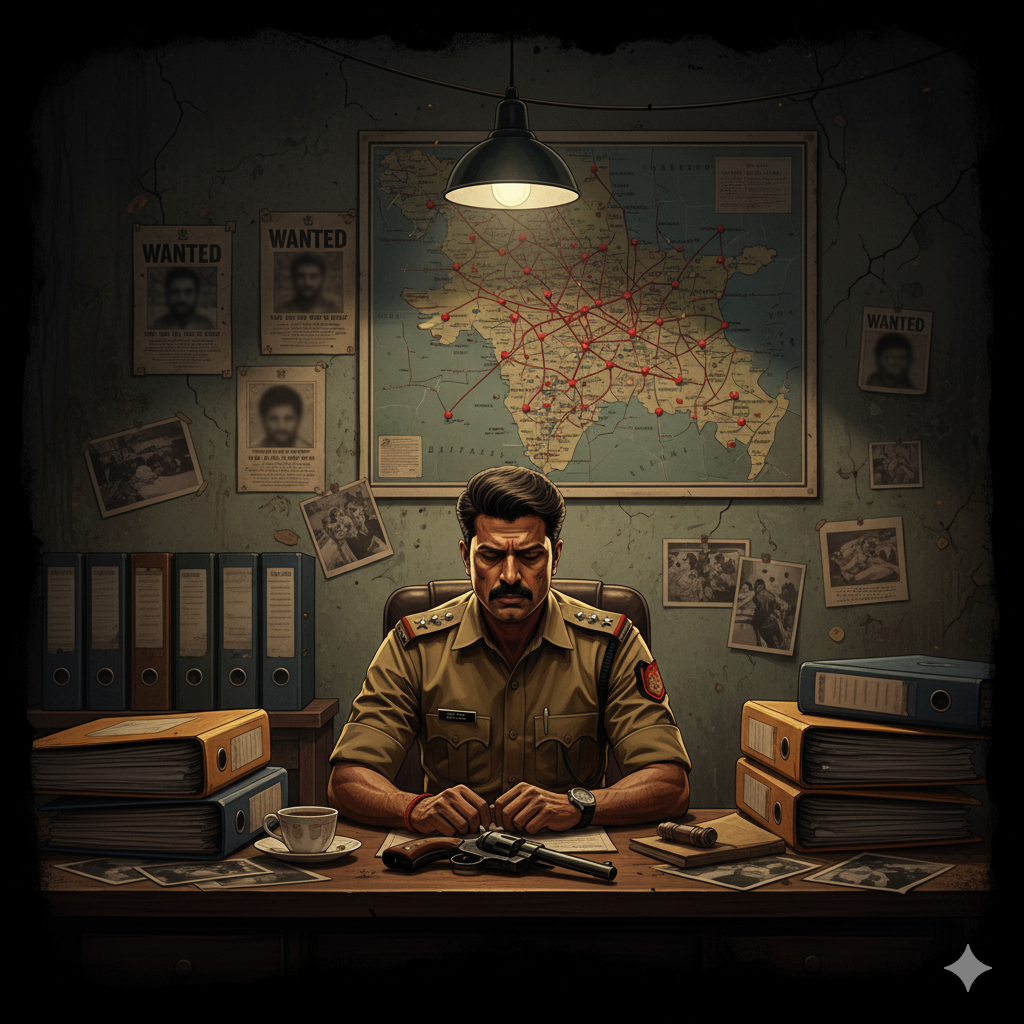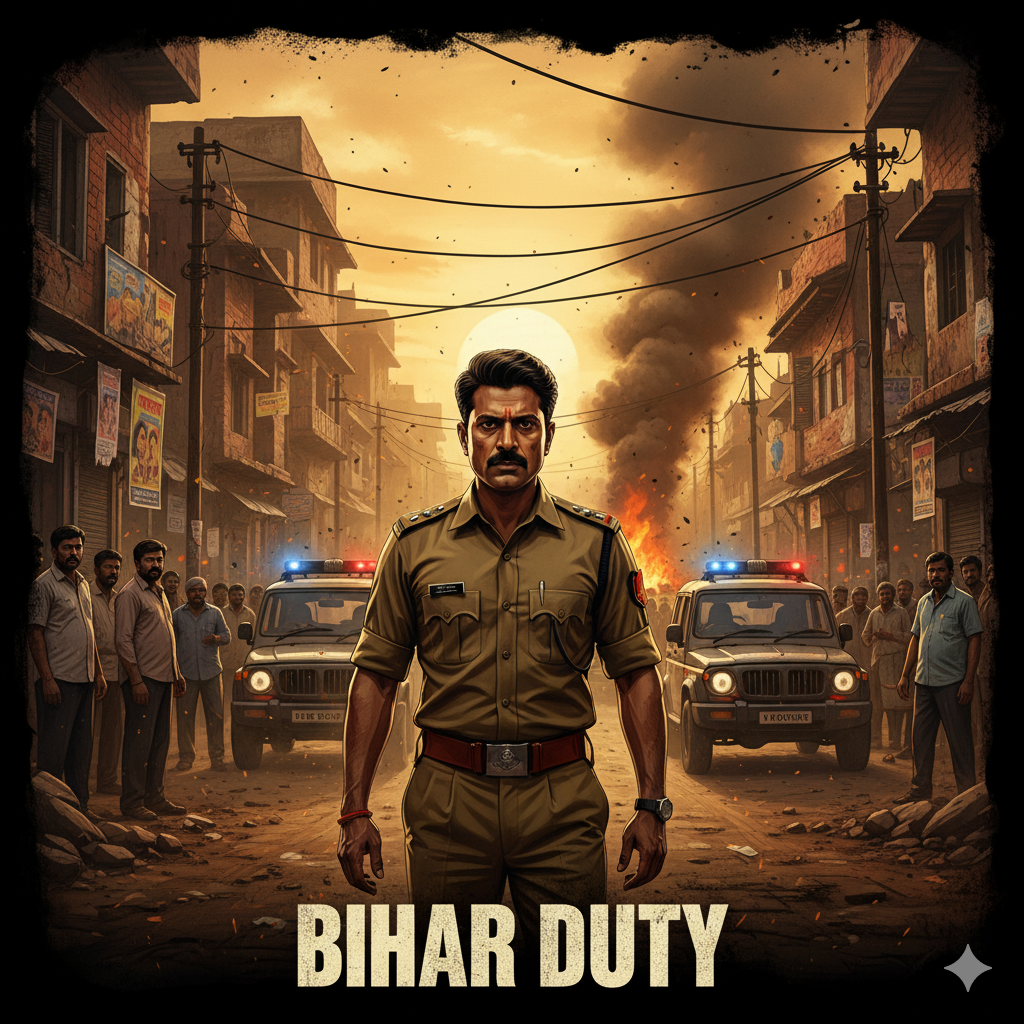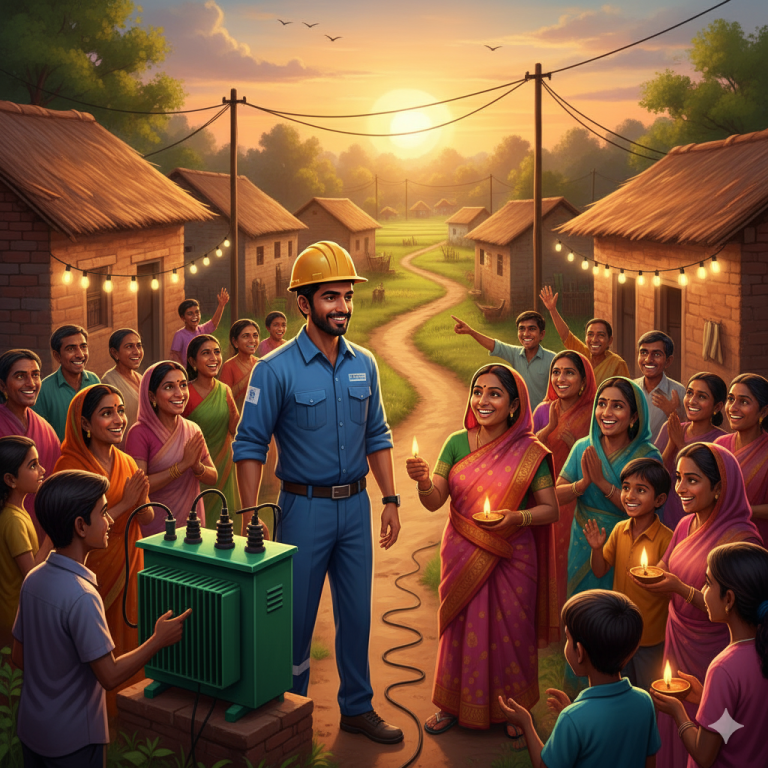I’ve always been drawn to stories that blend real-life grit with high-stakes drama, and Khakee: The khakee the bihar chapter Chapter hits that sweet spot perfectly. It’s this Netflix series that dives into the chaotic world of Bihar’s underbelly, mixing true-crime vibes with over-the-top cop action. Set in those dusty roads and tense political arenas, it follows an honest officer battling a system that’s falling apart at the seams, all while throwing in ruthless gangsters and moral dilemmas. Honestly, it feels like a nod to those classic biographical crime tales, but with plenty of melodrama, shootouts, and that raw regional flavor that makes it stand out.
Created by Neeraj Pandey, this show pulls from the actual experiences of IPS officer Amit Lodha and his showdown with ganglord Chandan Mahto. It dropped in late 2022, spanning seven gripping episodes filled with family dramas, shady politics, and the deep corruption eating away at everything. If you’re into shows that don’t pull punches on how messy real life can get, this one’s a gem.
What the Premise Promises — Law, Order, and the Lure of Folklore
At its heart, khakee the bihar chapter The Bihar Chapter is all about that classic chase: a straight-arrow cop wading through a corrupt, politically tangled mess to take down a fearsome local thug who’s got everyone scared stiff. The story jumps between the cop’s relentless pursuit and the criminal’s wild ascent, letting us see how their paths crash together. It’s got that allure of real supercops turned legends, but it also digs into what heroism really costs in a broken setup like Bihar’s.
I love how it turns a simple hunt into something bigger, questioning the folklore around these figures—cops and crooks alike—who become myths in their communities.
The Cast and Character Architecture — Who Occupies the Khakee World
The show builds its world around familiar types but gives them real depth, especially with the supporting players. You’ve got the principled IPS guy as the core, burdened by his ideals and personal life. khakee the bihar chapter then there’s the gangster, this magnetic brute who plays the streets and power brokers like a fiddle. Everyone else slimy politicians, crooked cops, worried families, and innocent victims—adds layers, blurring the lines between heroes and villains.
What makes it click are the performances; actors bring out those quiet moments, like a weary glance or a soft family chat, that make you feel the humanity amid the chaos. The ensemble really carries the emotional load here, turning archetypes into people you root for or against.
Narrative Architecture: Pacing, Point-of-View, and Episodic Unfolding
One thing that stands out is how deliberately paced it is. The first few episodes take their time setting up the backstory—family ties, local power games, the gangster’s grip on the area—before ramping up the clashes. This buildup lets you sink into the world, understanding why alliances stick, how favors work, and why violence is just part of the fabric.
It switches viewpoints smartly: one minute you’re in the cop’s shoes, dealing with red tape and clues, the next you’re seeing through the gangster’s eyes, feeling the rush of control and brutality. This back-and-forth paints a full picture, making it less about one manhunt and more about society’s cracks.
Production Design and Locations: khakee the Bihar Chapter
as Character
Bihar isn’t just a setting here; it’s practically breathing on screen. They shot in real rural spots, bustling markets, and dingy police outposts that feel authentic, covered in dust and everyday wear. It’s not polished—it’s lived-in, influencing every decision the characters make.
The camera work mixes wide shots of the landscapes with intense close-ups, balancing explosive action with those still, thoughtful moments. It all underscores how people endure in a place where everything’s on the edge.
Themes Explored: Power, Law, Redemption, and Myth
This isn’t just shoot-’em-up; it’s pondering big stuff like power’s many faces. What if the law’s just a tool for whoever’s holding it? How does one good cop hang on when everything’s for sale? It dives into how we mythologize these guys, hiding their flaws behind bigger-than-life stories.
Family fallout from violence, the deals cut for peace, and the spectacle of justice—all get airtime. Sure, it dips into genre tropes sometimes, but the personal stakes keep it grounded and intense.
Real-Life Inspiration and Adaptation Choices
Pulling from actual events and records, the show tweaks things for drama—changing names, squeezing timelines—to keep the story tight. It strikes a balance between factual details like police procedures and amped-up showdowns, giving you truth with a side of thrill.
For folks familiar with the real story, it sparks chats about what’s accurate versus what’s shaped for TV. That’s part of its charm: it retells history while remixing it to highlight the drama in the details.
Direction and Script: The Hand Behind the Scenes
Neeraj Pandey and the team keep things tight, with dialogue that’s straightforward and plot-focused. Scripts lean on big moments and vignettes to show corruption, sometimes going broad instead of deep.
Direction builds suspense through reveals and standoffs, knowing when to draw out tension or snap to action. It’s those choices that give the episodes their pulse slow builds exploding into payoff.
Music and Sound: An Aural Backdrop
The score sneaks in to amp up moods without stealing the show, while sounds from the streets vendors yelling, bells ringing root it in Bihar. Smart audio layers turn quiet scenes into nail-biters, heightening the mental strain on everyone.
Strengths That Critics Highlighted
People rave about its raw vibe, killer acting, and diving into a tough regional tale. Showing cops as both heroes and humans, plus the systemic rot, hits home. Sets, casting—everything builds a believable bubble that pulls you in.
Common Criticisms and Where the Series Trips
On the flip side, some say it’s too formulaic, skimping on deep psyche dives for quick thrills. It goes for masala flair over probing why violence festers, and squeezing real events can rush arcs or oversimplify ethics.
How Khakee The Bihar Chapter Compares to Other Cop Dramas
Against other Indian web cop shows, it’s a mix of real grit and fun action—not as dry as pure docs, not as soapy as big-screen epics. It vibes with state-specific crime-politics weaves, using locale to drive the drama.
Viewer Tips: How to Watch and What to Expect
Don’t binge expecting constant chases; savor the slow details. If you like regional quirks, gray morals, and side characters with bite, you’ll love it. Focus on interactions and undercurrents—it’s on Netflix, seven eps of building tension.
Cultural and Social Context: Bihar’s Politics on Screen
It mirrors Bihar’s real history of caste, patronage, and struggles, weaving in everyday folks with the big players. This web of society shows how crime and change happen, pushing past simple good-vs-evil to the systems beneath.
Visual Highlights: Scenes That Linger
Memorable bits: interrogations baring souls, home moments contrasting tough exteriors, rallies staging power plays. The best are subtle—a meal shared, a hallway talk—unveiling inner worlds.
The Sequel Landscape and Franchise Potential
It did well enough to spawn more “chapters” in other states, anthology-style, each tackling local cop-gang clashes. Keeps the core idea fresh across India’s diverse spots.
Why Khakee The Bihar Chapter Matters for Indian Streaming
It’s part of the wave making regional stories big—proving local dialects, politics, and textures can hook global viewers. Platforms bet on authenticity from beyond cities, and this delivers.
Final Verdict: Who Should Watch Khakee The Bihar Chapter
If complex cop tales with real-world roots and nuanced acting are your jam, dive in. Perfect for thriller fans wanting social depth on law, violence, and the human cost.
FAQs — Focused on Khakee The Bihar Chapter
What is Khakee The Bihar Chapter about?
It’s a crime-action ride based on true events, following an IPS officer chasing a Bihar gangster amid politics and brutality.
Who created and produced the series?
Neeraj Pandey created it, produced by Friday Storytellers for Netflix.
How many episodes are in Khakee: The Bihar Chapter?
Seven in the first season, each layering characters and conflicts.
Is Khakee: The Bihar Chapter based on real people?
Yeah, inspired by Amit Lodha’s real battles with gangs, fictionalized for story flow.
Where can I watch the series?
Streaming on Netflix—check your area.
How does the show handle politics and corruption?
It spotlights how they twist policing and life, through stories showing the mess without easy answers.
Will there be more chapters like khakee the bihar chapter?
Absolutely, with new state-based installments keeping the cop-vs-crime theme alive in fresh settings.








